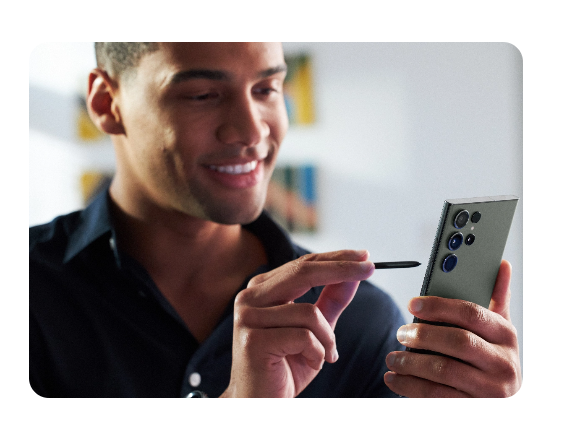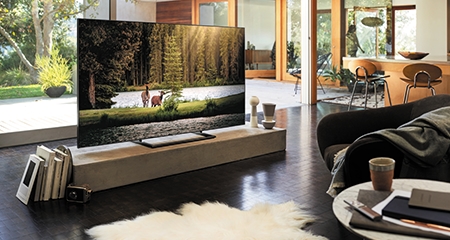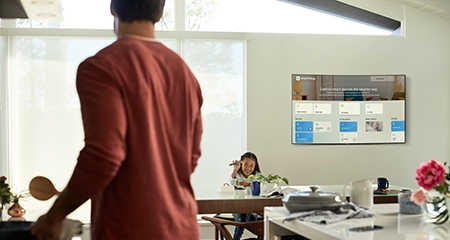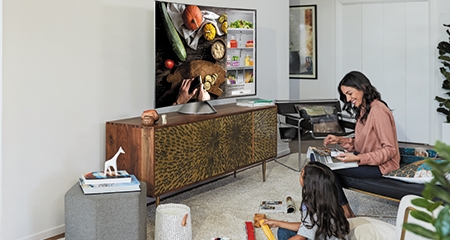What size Samsung TV do you need for your room

Choosing the right TV size for your room depends on two important factors: your budget and the size of the room. While your budget may be the deciding factor, the size of your TV should depend on how far you sit from the screen and how immersive you want your viewing experience to be. Once you've found the right match for your room, visit our website to see all of our Samsung TVs with sizes ranging from 32 inches and up
Other answers that might help
Contact Samsung Support







